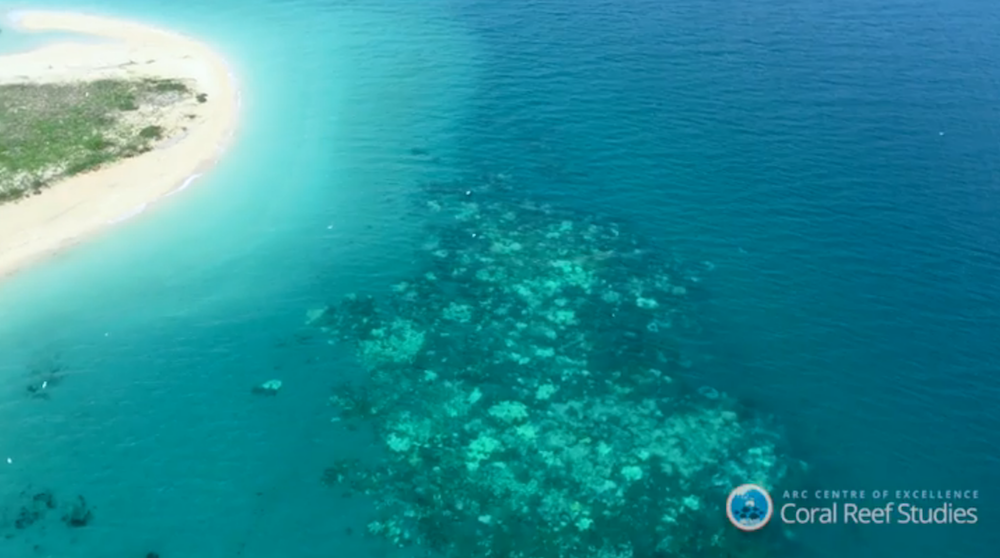The Australian ARC Centre of Excellence for Coral Reef Studies has released aerial survey footage of what they are calling the worst mass coral bleaching event in history. The aerial survey documented more than 500 coral reefs from Cairns Australia to Papua New Guinea showing the majority of reefs north of Cairns are undergoing bleaching.
Prof. Terry Hughes, Director of the ARC research center said they were not expecting this severity of bleaching, and noted that every reef they flew across had consistently high levels of bleaching. The ariel survey covered 4000km of ocean out to the most pristine parts of the Great Barrier Reef and all but four of the reefs showed high levels of bleaching from the reef slope right up onto the top of the reef. Prof Hughes noted, “the severity is much greater than in earlier bleaching events in 2002 or 1998.”
Further aerial surveys will continue this week in the central Great Barrier Reef to identify the southern limit of the bleaching. Thankfully cloudy weather and cooler temperature in the south may have acted as a buffer for bleaching, and Hughes said: “thankfully, the southern Reef has dodged a bullet.”
Coral bleaching event has been studied and document from an in the water perspective, however, to see this scale of devastation from the air must be quite upsetting to the members of the ARC National Coral Bleaching Taskforce.
“We could see extensive bleaching even among the most robust ‘massive’ corals,” says James Kerry, Project Manager of the National Coral Bleaching Taskforce, who also participated in the aerial surveys. “The fact that these hardy species have also turned white shows just how severe summer conditions have become on the northern GBR.”
In the water scientists are already reporting up to 50% mortality of bleached corals, and that virtually all species of corals are being affected. The ARC says they will continue to conduct underwater surveys and promises a full impact report as the bleaching event unfolds. [ARC Coral Studies]
Worst mass coral bleaching event in history
Share This
Previous Article


